Seven years have passed since November 21, 2007, the date on which the SUPER FIGHTS was raised. This period may be considered short by some, but in a growing sport like MMA, it seems like an eternity.
See too
After all, these seven years were enough to see the UFC's meteoric rise across the planet, the emergence and end of promising events, the consolidation of some legends and the downfall of others. MMA, which was still looking for its place in the sun at the end of the last decade, is now considered one of the popular sports in markets such as the United States and Brazil – and we will remember this trajectory with the anniversary special of the SUPER FIGHTS.
In this first part, you will remember the most notable events in the world of mixed martial arts between 2007 and 2010, the first in existence of the SUPER FIGHTS. Among the main highlights are the end of the Japanese PRIDE event and the fall of some of its main legends. But we won't just talk about decline, after all, this was the period that laid the foundations for the UFC's global explosion today.
2007 – The end of one era and the beginning of another
Our journey through time begins a few months before the creation of SUPER FIGHTS. The year 2007 marked the end of one of the most nostalgic eras in MMA with the extinction of the Japanese PRIDE event, remembered to this day with nostalgia by fans across the planet.
At the end of 2006, PRIDE was going through a moment of crisis. Surrounded by rumors about a possible connection with the Yakuza criminal organization, the event lost its television broadcast contract and entered a period of difficulties, which culminated in its purchase by Zuffa, the company that owns the UFC, at the beginning of 2007.
Initially, Zuffa's intention would be to continue holding PRIDE events normally - in fact, a lightweight GP had been announced for 2007, with participation from Matt hugs e Diego Sanchez. However, the idea was put aside shortly afterwards and the last event, PRIDE 34, took place on April 8th.
After that, there was a stampede of athletes heading to the United States, including Mauritius Shogun, Rodrigo Minotauro, Wanderlei Silva e Dan Henderson, who joined their former colleagues Quinton jackson and Mirko Cro Cop in the UFC. Ultimate was increasingly consolidating itself as the undisputed power of the sport.
And soon the former PRIDE fighters' first fights in the UFC were enough to indicate that a new era of MMA was about to begin. The war led by Chuck Liddell and Wanderlei Silva, the surprising defeats of Mauritius Shogun and Mirko Cro Cop for Forrest griffin e Gabriel Napao, respectively, in addition to other epic fights, gave signs that the future would be bright for the UFC. And it was.
2008 – The emergence of new stars
Even with the arrival of the big names from PRIDE or even with the good moments of legendary names like Randy Couture, the year 2008 started promisingly for two “house silvers”. The then UFC middleweight champion, Anderson Silva, entered the list of greats once and for all Dan Henderson in the fight that marked the unification of the Ultimate and PRIDE belts; already Georges St Pierre he fell into favor with the people when he regained the welterweight title by beating his former tormentor Matt Serra in front of the Canadian fans.
Anderson, in fact, became a key character in the UFC when he took on a fundamental role in the organization's maneuver to respond to the growth of a competing event. Affliction, an event recently created by the eponymous clothing brand and supported by millionaire Donald Trump, had prepared a super attraction for July 19th, with Fedor Emelianenko (one of the greats of PRIDE who didn't move to the UFC), Tim Sylvia, Andrei Arlovski, Josh Barnett, Pedro Rizzo, Rogério Minotouro e Vitor belfort. In order not to be cheap, Ultimate then organized a fight for Anderson in the top category, when he detonated James Irvin at the beginning of the first round.
The failure of negotiations between Emelianenko and the UFC also affected the fate of an Octagon star. The then Ultimate heavyweight champion, Randy Couture, gave up his title to try to challenge the Russian, who, at the time, was considered the best active weight athlete. This paved the way for the creation of the interim belt, won by Rodrigo Minotauro.
The fight between Couture and Emelianenko ended up not happening, and the American had to return to the UFC. In the fight that marked his return, Couture ended up being defeated by the giant Brock Lesnar, who, coming from pro-wrestling, won the linear heavyweight belt in his fourth MMA fight.
If 2008 started promisingly for Brazilian athletes, the feeling at the end of the year was one of sadness. In the last event of the season, UFC 98, two of the most beloved names among Brazilian fans ended up falling in brutal fashion. Rodrigo Minotauro lost the interim belt to Frank mir upon suffering the first knockout of his career, and Wanderlei Silva succumbed in a frightening way in the trilogy with his arch-rival Quinton Rampage Jackson.
2009 – With UFC on the rise, main threat collapses
The event season in 2009 began already showing what would be a new UFC trend for the following years. Right from the first event, in January, a new market was being explored, with the 93rd event being held in Dublin, the capital of Ireland. Months later, the organization would plant its flag in another European place, Germany, with UFC 99.
But nothing came close to the event that is still considered a benchmark for quality and success in the UFC. UFC 11 was held on July 100th, headlined by two of the biggest sellers of pay-per-view of history, Brock Lesnar e Georges St Pierre. The two stars successfully defended their belts, and the night also featured the knockout of Dan Henderson about Michael Bisping. No wonder, the attraction is still the biggest package seller in UFC history, with 1,6 million buyers.
The 2009 season for the UFC went beyond the success of the 100th event. Some other notable fights were held, such as GSP's victory over B.J. Penn in the rematch, winning the title of Lyoto Machida when knocking out Rashad evans, Machida's controversial fight in his first defense against Mauritius Shogun, and the historical performance of Anderson Silva against the former light heavyweight champion Forrest griffin.
The year 2009 also saw the downfall of what was seen as the UFC's greatest rival. Affliction held a successful event in January, with Fedor Emelianenko putting Andrei Arlovski to sleep, but ended up ending its activities with only two attractions performed.
A third show was scheduled for August, with the main attraction being the fight between Fedor and Josh Barnett. However, just a few days before it took place, Barnett was caught taking a surprise doping test and was removed from the card. Vitor belfort, who had been fighting at middleweight in previous editions, was announced as a replacement for the North American, but the event ended up being canceled and Affliction never happened again.
This ended up strengthening the UFC in two aspects: the biggest threat had ceased to exist, and the roster of fighters was reinforced with the arrival of several “orphans” from Affliction, such as Vitor belfort, Ben Rothwell and Paul Daley.
2010 – The fall of the heavyweights and the arrival of the light ones
In 2010, MMA fans dreamed of a fight between the two biggest active heavyweights: Fedor Emelianenko, former PRIDE champion and undefeated for almost ten years, Brock Lesnar, the UFC champion. However, that year marked the downfall of both, curiously for athletes who are currently the highlights of the category.
The first to succumb was Emelianenko, in what is considered one of the biggest upsets in the history of MMA. In July, in his second fight for Strikeforce, the Russian fell into a trap Fabricio Werdum and was finished with a tight triangle just over a minute into the fight. The result served to elevate Werdum to the position of heavyweight star and began a bad phase for Emelianenko, who, after 29 fights without losing, suffered the first of three defeats in a row.
A week later, at UFC 116, Lesnar flirted with defeat after taking a real beating from Shane carwin in the first round. He managed to turn things around in the following period, with a submission, but couldn't resist the next belt defense, when he was run over by Cain Velazquez and lost his title.
If the situation was dire for the biggest heavyweight names, athletes in lighter categories had the push they needed towards stardom. The WEC, UFC's sister event, would have closed its activities at the end of 2010, which meant that its athletes would be absorbed by the largest MMA organization on the planet. This led to the arrival of lightweights such as Benson Henderson, Anthony Pettis e Donald Cerrone, in addition to the creation of the featherweight and bantamweight categories in Ultimate. José Aldo, dominant WEC champion, arrived in the UFC already holding the belt in the 66 kg division, a position he maintains to this day.
2010 was also marked by important chapters in the UFC's international expansion. In February, the octagon was successfully welcomed in Australia, in an event that broke attendance and acceptance records. In April, however, a big stumble was made in Abu Dhabi, with an attraction that left something to be desired thanks to the unattractive fight between Anderson Silva e Demian Maia.
ALSO CHECK OUT THE SECOND PART OF THIS SPECIAL.

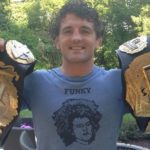
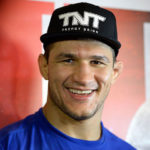
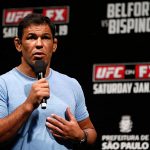
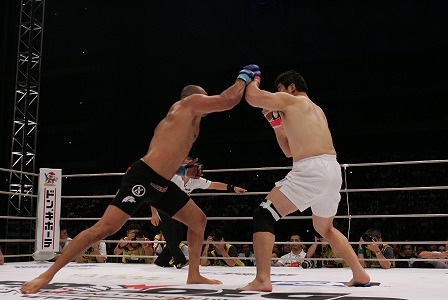
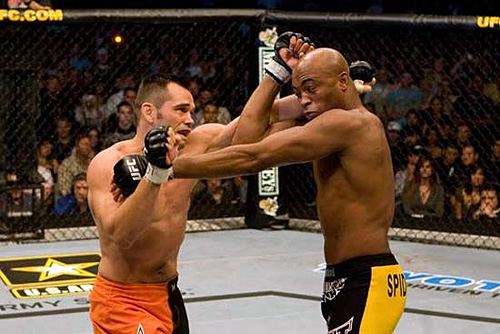
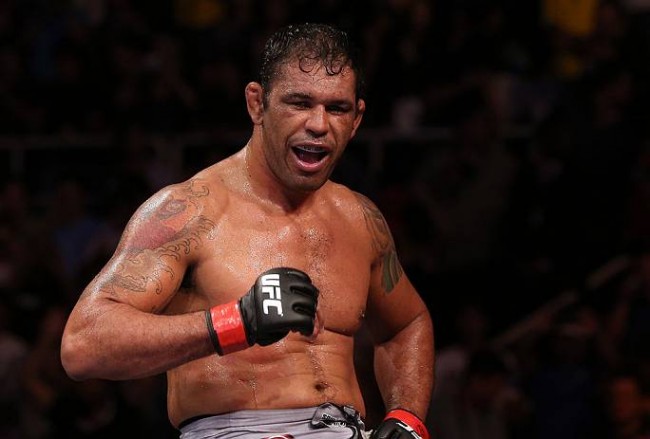
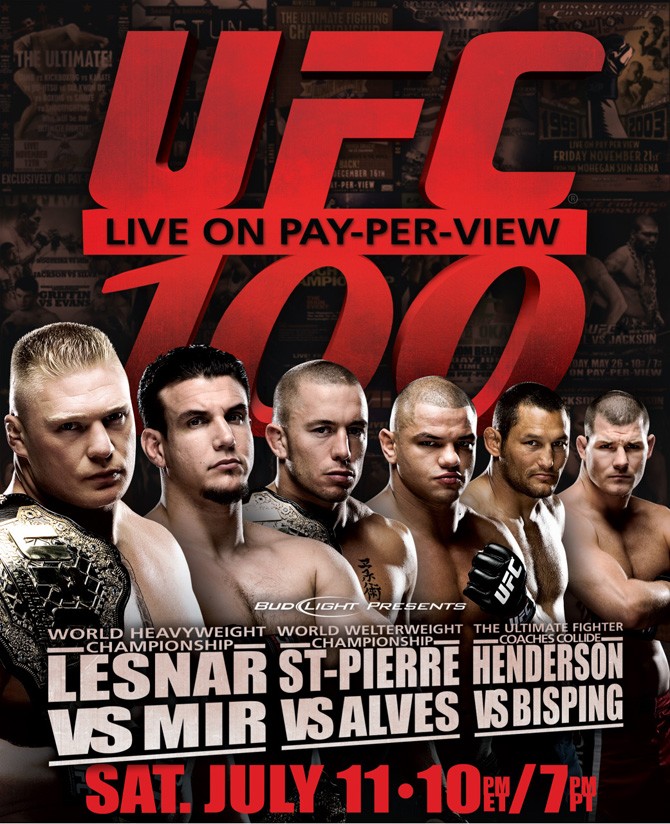
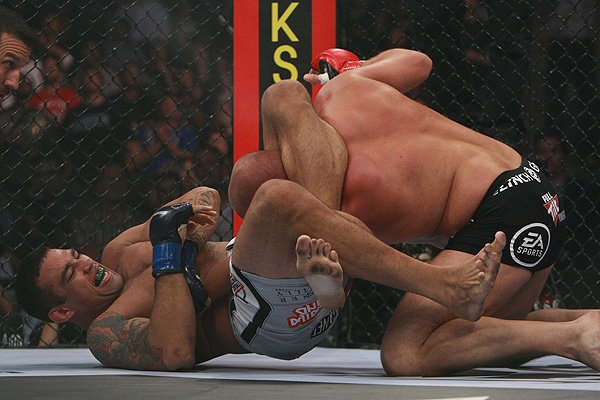
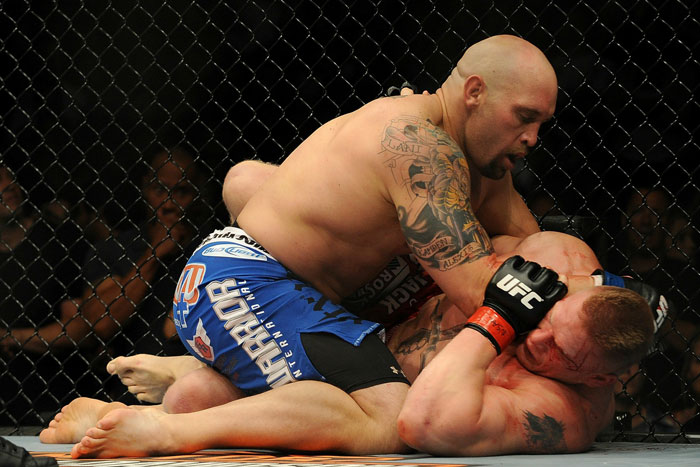
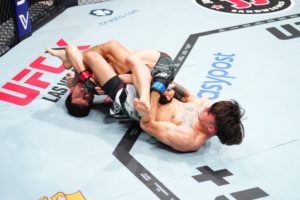
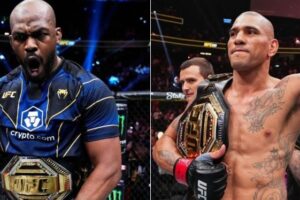
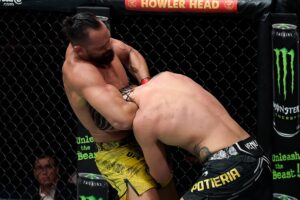
Comments